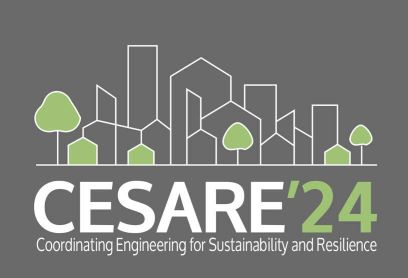Speaker
Description
The study aims to propose the integration of Axiomatic Design (AD) and Design Structure Matrix (DSM) approaches to support and track decision-making in the design of reversible buildings and show potential implications for the development of a BIM tool. In architecture, design concepts to support changes in buildings and extend components’ lifespan were initially formalized by J. Habraken (1998) in the Open Building approach and by Stewart Brand (1994) in the approach of Shearing Layers of Change. Recently they have been translated into design strategies through research on reversible buildings in circular building design, but design tools are not yet available. On the other side, in engineering, design approaches to promote product flexibility and adaptability are available. AD (N.P. Suh, 1990) and DSM Methods (S. D. Eppinger & T.R. Browning, 2012) are two popular engineering design matrix-based approaches that provide design support to model, combine and track design decisions. AD guides the designers to examine changes by modelling the relationships between functional requirements and design parameters in a structured manner from the early design stages. DSM provides a methodology for analyzing changes through modelling interactions among the design parameters. Despite the potential benefits of using matrix-based design approaches, previous studies on reversible building design have not yet explored this application. This study will be implemented through reviewing the literature about empirical research, undertaking empirical research, and, in addition, through reasoning. By combining the two design approaches, the study will provide a taxonomy, design principles and an integrated procedure to support and track decisions in the design of building systems and component interactions to define how systems and components can change during their life as well as how they can be reused, refurbished, remanufactured and recycled at the end of their life. The study intends to place the premises for the development of a matrix-based tool to be embedded in a BIM process to support the design of reversible building systems.
| Topics | Circular economy, Design strategies for product design and engineering |
|---|---|
| Keywords | circular economy, circular building, reversible building, Axiomatic Design, Design Structure Matrix |

